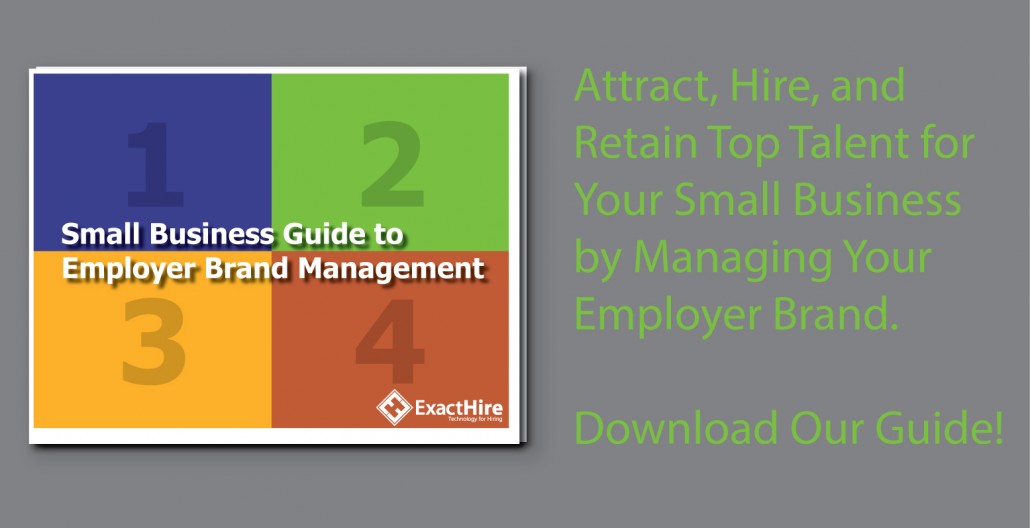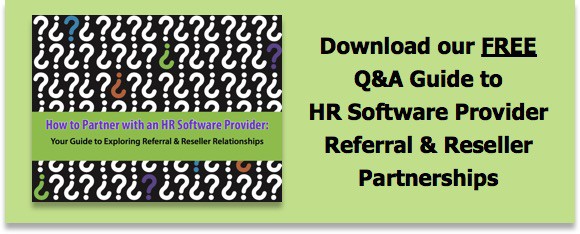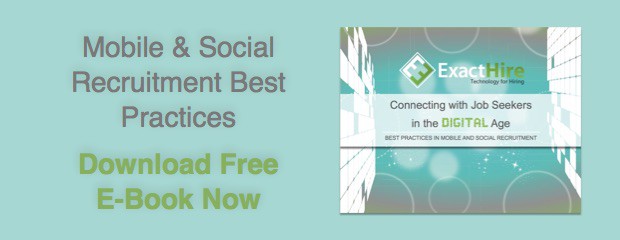New Hire Onboarding Success with a SWOT Analysis
The purpose of a SWOT analysis in the business planning process is to make sure you’ve identified all the possible strengths, weaknesses, opportunities and threats to your business. Only then can you create a business plan taking into consideration all these aspects and setting your business up for it’s best chance at success. The new hire onboarding process should be no different.
Some aspects of the SWOT analysis are designed to act upon. For example, you want to make sure you capitalize on and take advantage of your strengths and seize your opportunities. Other aspects are for you to be aware of. You must be aware of your weaknesses and competitors in the market place.
If you really think about it, doing the same type of analysis for a new hire should be no different. To a new employee, changing jobs is a “new business” operating in a new environment with different conditions. Extremely savvy job seekers will do their own SWOT analysis on the company before joining. Why? They want to make sure they are setting themselves up for the best chance at success.
Your analysis of your new employee should occur over the course of his/her onboarding and should be a critical part of the employee onboarding process. Ideally you would have done most of this during the hiring process. However, it’s not an exact science and you may have missed some items. Hopefully, at a minimum, you determined the new hire should have a seat on the bus. Now you just need to figure out what that correct seat is.
It’s not uncommon for individuals to be hired for a certain position then find themselves in another. This happens quite frequently in organizations that focus their hiring efforts on the type of person and their strengths and abilities, more so than technical knowledge and experience. You can only gain this much clearer understanding of the best fit for the individual once she is on board and you have had a chance to analyze her capabilities against various positions.
Strengths
This is the single most important aspect of an individual’s SWOT. If you do nothing else, make sure you thoroughly assess strengths and figure out how to apply them appropriately. Getting a new hire aligned with his strengths is the best way to set him up for success in his new role.
To properly identify strengths, you must allocate the proper time and training. Just immersing someone in a new role will not yield the results you need to identify his core strengths. Step one would be to have a simple conversation with the individual and see what he thinks his strengths are. Consider a tool such as the Clifton StrengthsFinder assessment to assist in this endeavor. Then have him work through various aspects of his role (and other roles if possible) to see where he naturally excels with the least amount of direction. By doing this, you can identify where his best opportunity for success may be.
Weaknesses
Awareness of weaknesses will avoid early failure and miss-steps for a new employee. It is critical that he be given every opportunity to succeed, build confidence in his new role and gain confidence of his coworkers. This doesn’t mean you don’t want to challenge him, but you want to make sure you are challenging him utilizing his strengths.
Once you’ve identified potential weak points, note them and work to avoid them. The last thing you want to do is try to change someone or improve his weaknesses. It’s much easier to focus on the strengths. There’s also a tough leadership decision in this step of the process. If it so happens that his weaknesses actually need to be his core strengths for the position, you will have to find this employee another seat on the bus — or another bus.
Opportunities
This is the fun step. After your analysis of strengths and weaknesses you should have a pretty good idea of the direction(s) the individual can go within the organization after his onboarding. These are his opportunities. By the time you get to this step, the individual has probably started to see his opportunities as well and may have expressed some desire towards those.
Don’t forget to have this important employee development conversation. This will likely be the difference maker between an engaged long-term employee or a short-term employee. Most employees will look for their next opportunity within the organization fairly quickly and if they don’t see one they’ll plan their next move — out of the company. Your job as a leader is to make sure the opportunities they are seeking within the organization align with their strengths and avoid as many of their weaknesses as possible.
Threats
Typically addressing threats in a SWOT analysis takes into account competition. We don’t want to think of competition in terms of an individual’s employment SWOT. Rather, you want to look at what potential roadblocks stand in the way of his success. The roadblocks you should try to identify are resource issues, process and procedural issues and potentially other individuals.
Ever wonder why they sweep the ice in front of the stone in Olympic curling? They are grooming the ice and creating the best possible conditions for the stone to travel further and straighter. As a leader you must continue to sweep the ice in front of an employee to ensure his optimal onboarding experience and continued success. What you are doing is eliminating or mitigating the threats you know will stand in the employee’s way.
If you’ve properly integrated a SWOT analysis into the new hire onboarding process you will be setting the stage for initial and continued success for the employee and your team/company. It takes a little bit of discipline and practice to master, but really isn’t that difficult. The most difficult part is evolving to the point where you only focus on aligning his strengths within the role, or a different role, and completely avoid any assignments that will draw on his weaknesses.
Done correctly, and applied correctly, a SWOT analysis will ensure a business stays on course, remains competitive in the market and services customers profitably. This directly correlates with the same success of a new employee, his level of engagement, productivity and length of retention.







